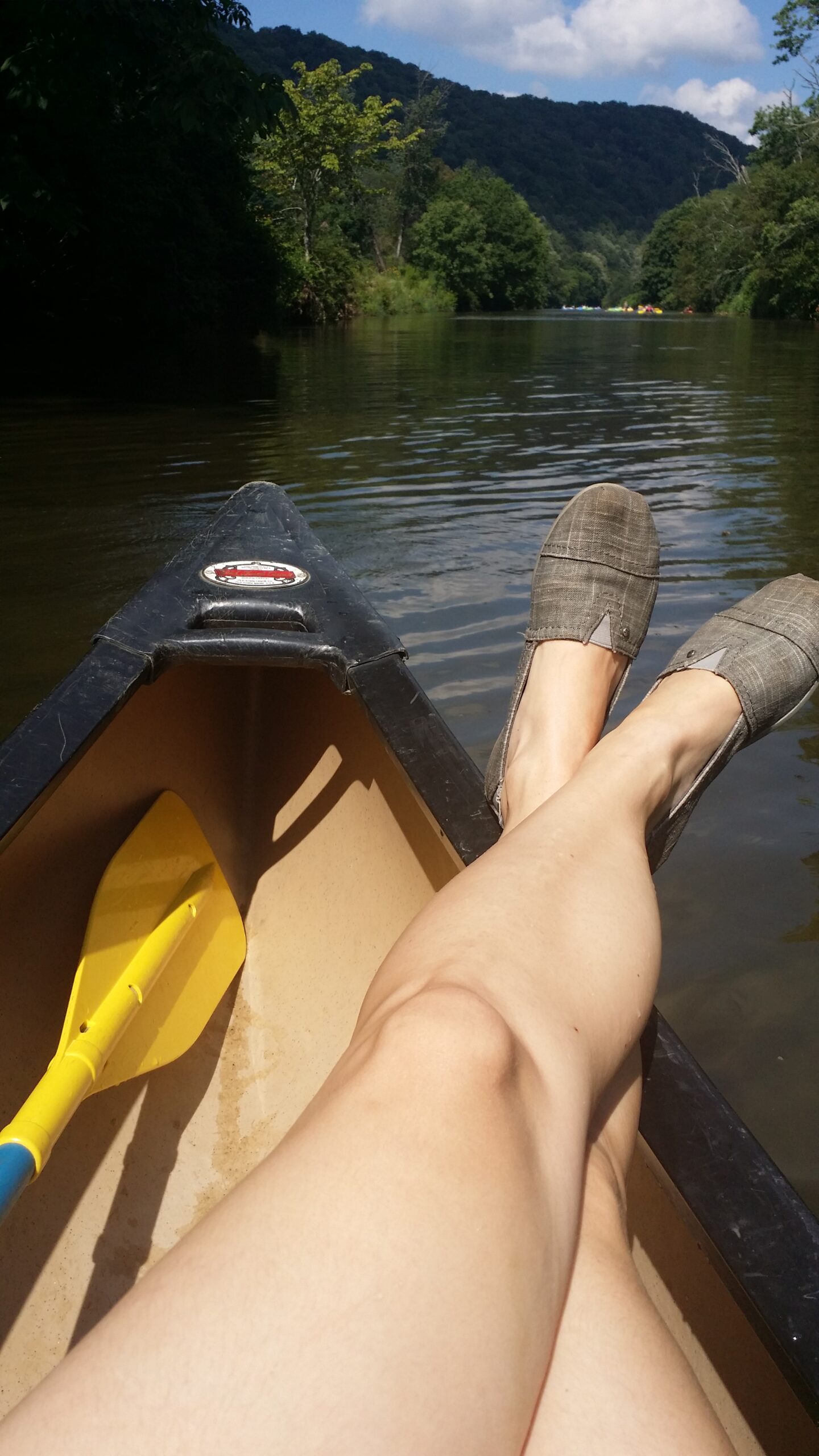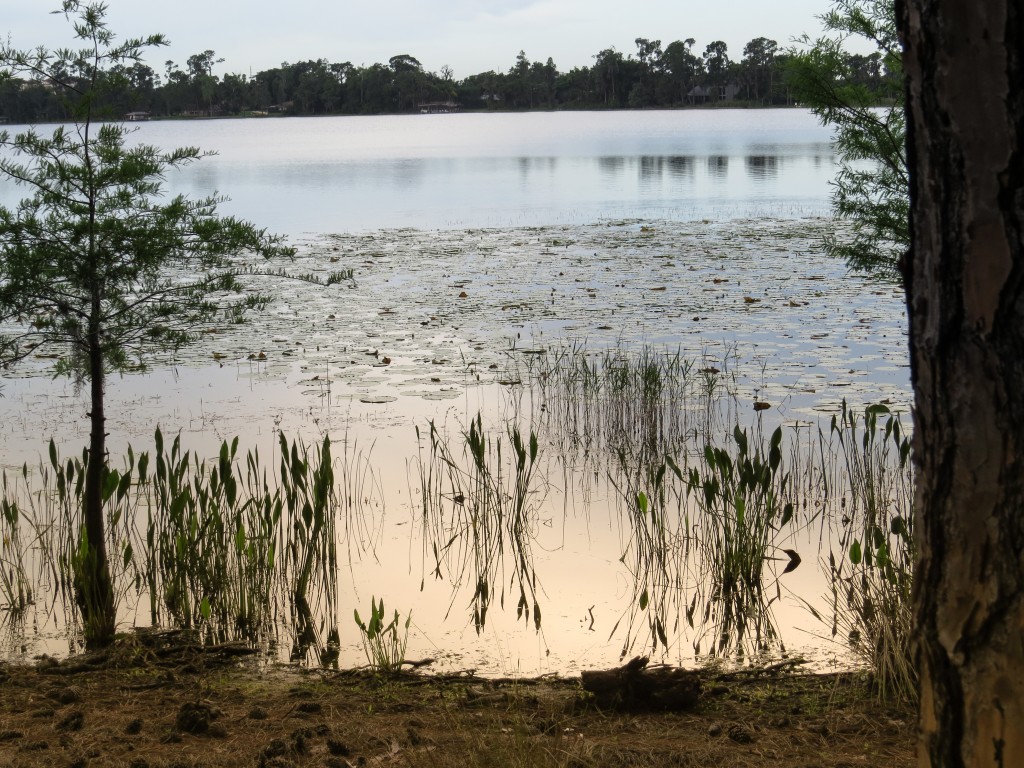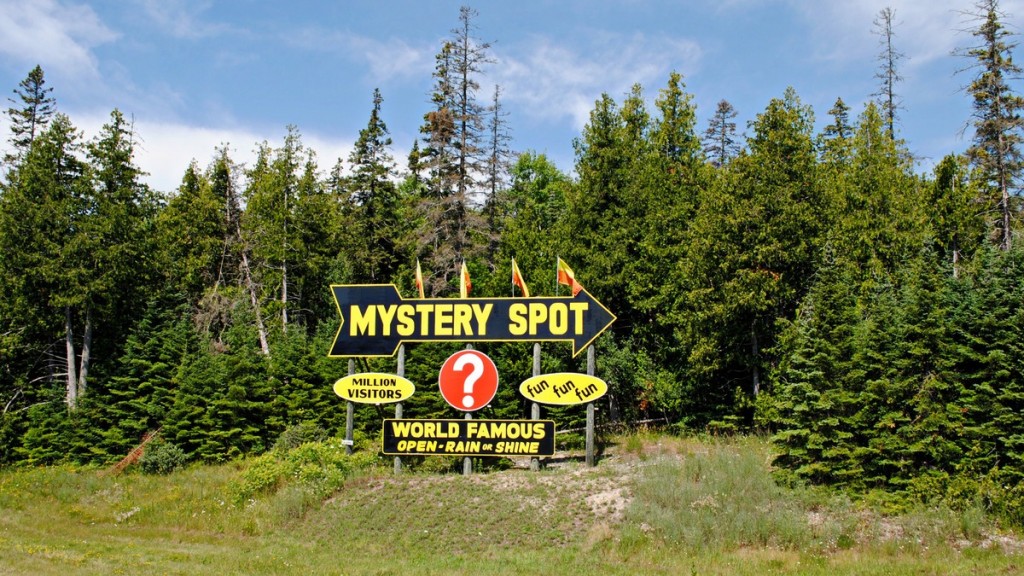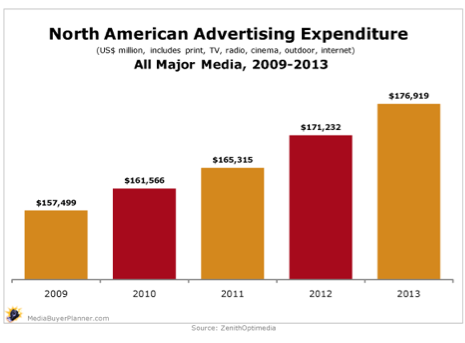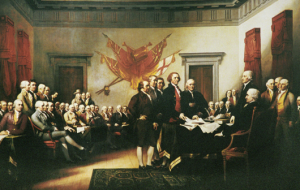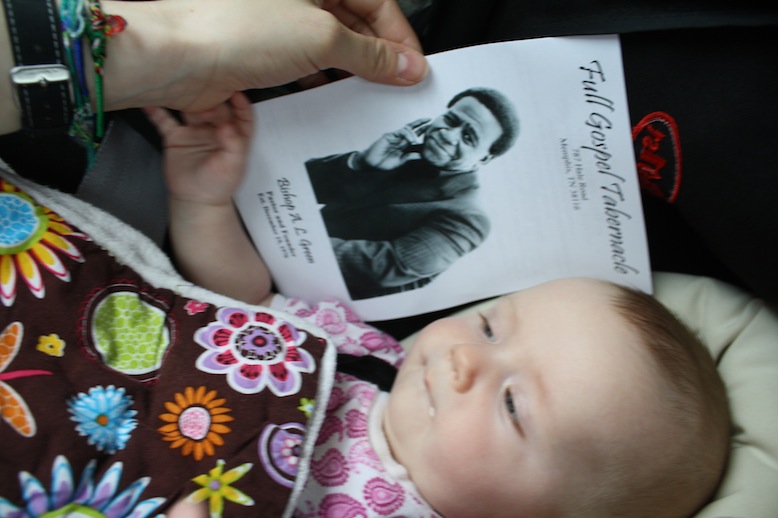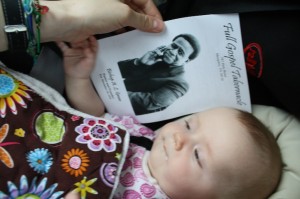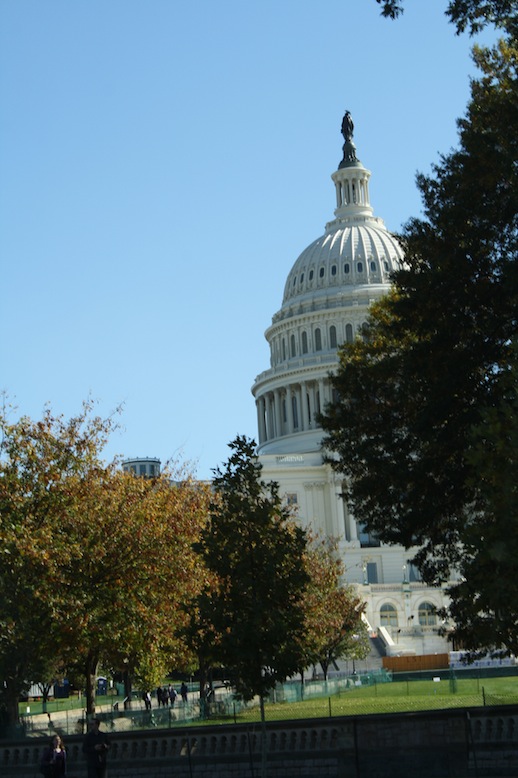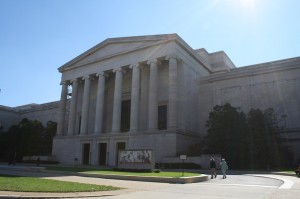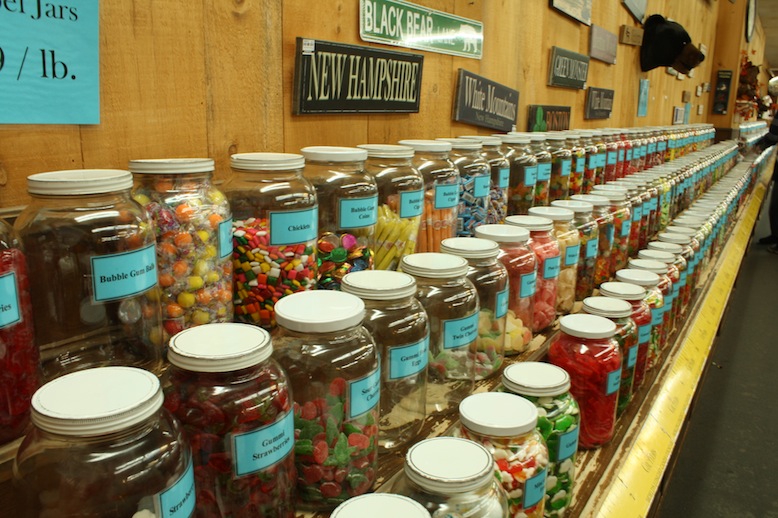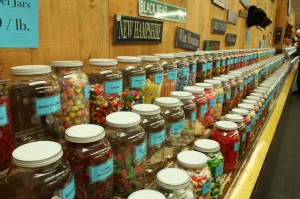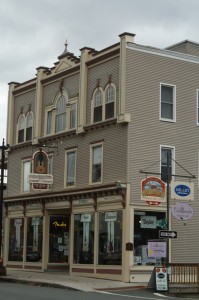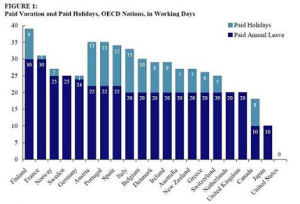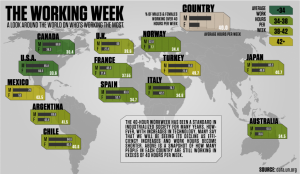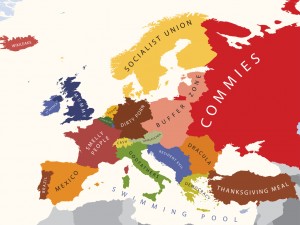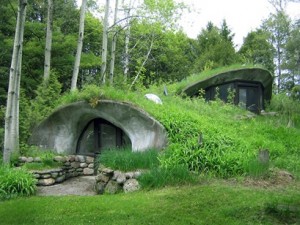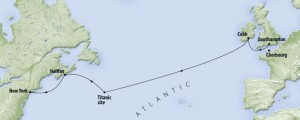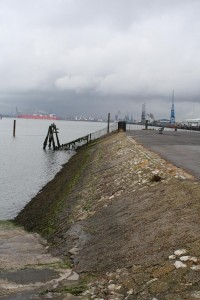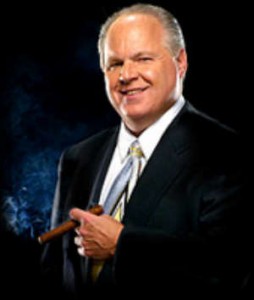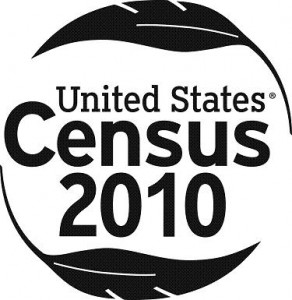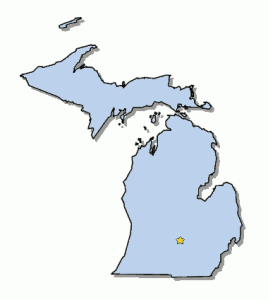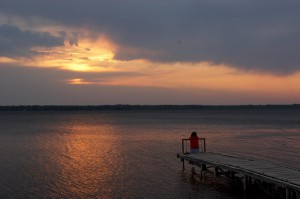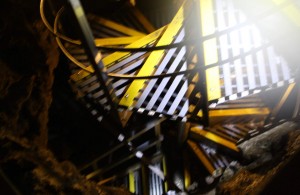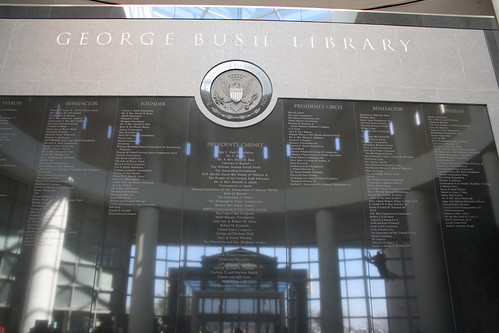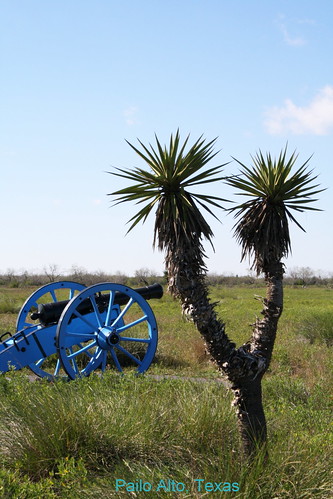The Upper Peninsula: A Mosquito Safehaven Not Fit For Habitation
If you’ve never been to the Upper Peninsula —GOOD! Don’t go. It isn’t for you. It’s a shit place with nothing to do and nothing to see. Stay away, for your own good.
If you have been, then you know it’s heaven on Earth, and not to tell anyone about it. The first rule of the real diehards of the UP, the so called Yoopers, is not talk about the UP with the trolls. Trolls, if you don’t know, are everyone who live under the Mackinac Bridge, which separates the Upper Peninsula from the rest of Michigan. And the rest of the planet, really. If you do make it past the bridge, stop at the Yooper Tourist Trap. It’s well worth a visit.
Michigan’s Upper Peninsula is one of the most stunning natural places on this little blue ball. The fresh water lakes, the untouched forests, the rivers and waterfalls tucked away from the swarms of tourists. It’s a dreamland for the outdoor enthusiast.
Biblical Plagues in Rapid Secession
There are downsides to the UP, and they aren’t for the weak of heart or faint of knee. ‘Round about spring the mosquitos hatch. These nasty buggers can hatch right out of the snow. I’ve seen them crawling around on the ice looking for blood. There aren’t a few mosquitos here or there, but swarms of them so thick you can’t go outdoors.
One time my dad and I decided to hike to a nearby lake through the woods. I had head to two coverage and a hat. I had on so much mosquito repellant that I probably gave myself brain damage. My boots covered my feet, and I had gloves on my hands. So, we set out in mosquito season. ‘Round about the time we reached the other lake I couldn’t take it. I snapped an evergreen bough off of a nearby tree and started whacking the air around me. I saw the lake, muttered, “yeah, it’s great. Let’s get out of here.” And we dashed home, swinging pine boughs at the mosquitos. My neck, face, ears, wrists and ankles were covered in bites.

When the mosquitos die down a bit, the mayflies hatch. These congest the surface of everything from screen doors to picnic tables to windshields to boats. And if you were planning on fishing during bass season you can forget about it, because the fish are full to the gills with mayflies. They don’t want your stupid lure, they want a La-Z-Boy and a multi series Netflix show to binge while they chill in their nests and ignore you.
After the mayflies come the bitting flies. These assholes will nip and gouge at any exposed skin on your body, including your eyelids. But, if you think you’ll just wear long sleeves and pants to fool them you can forget about it, because they can bite through steel. Also, it’s 90 degrees outside, Celsius, and you’re damp and covered in sweat, which only attracts more flies.
And then there is about a week of nothing trying to bite or kill you. In that week, you can enjoy the fall foliage, stroll around in the amber-tinted forests or take in stunning vistas of Lake Superior.
After the Plagues Come the Snow
But right as you start thinking, “Hey, we should get a cabin up here,” the snow hits. And it hits hard. In the UP there is snow from about early October to round about May. And if you haven’t heard the very technical term “round-about” before, you haven’t studied the weather or insect patterns of the UP because that’s as good as it gets. ‘Round about is a technical term in the UP.
Finally, the fishing report for the UP: Many of the folks who come up, the trolls, they come up for the fishing and hunting. Hunting season is so-so, but you might as well stay downstate and save yourself the $5 Mackinac Bridge fare. Lodging costs more in the UP for hunters, too. Stay away, stop killing all of our wildlife, ya jerks. Fishing, on the other hand, is also horrible in the UP. So many people escaped to Michigan after the tourism board launched their Pure Michigan campaign that pretty much all of the fish in the great lakes are now in troll bellies down south. Fishing reports for the past five years have been abyssal.
‘Round about now, you’re probably asking why I’m even writing about the UP. The answer is that this is a warning, a morality tale of sorts. Stay out of the UP so the fish come back, and the mosquito populations die down. Stay away, ya damn trolls! Back, back! Try somewhere else in America.

